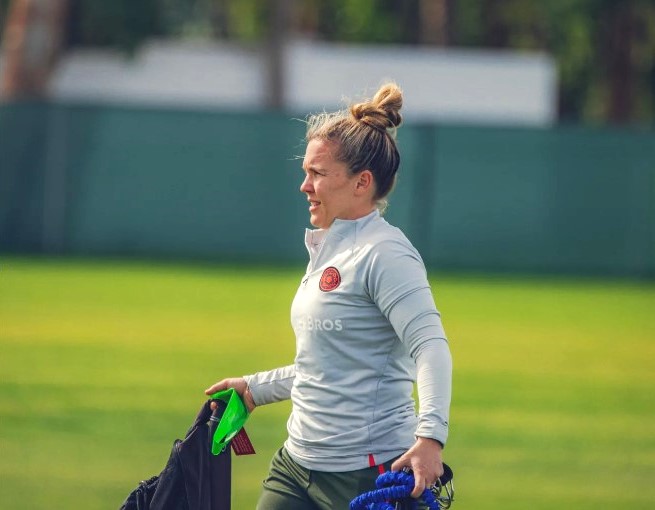Study Links Physical Activity to Lower Anxiety in Concussion Recovery
 A recent study by the University of Colorado School of Medicine underscores the potential benefits of moderate to vigorous physical activity (MVPA) in alleviating anxiety symptoms among teens recovering from concussions.
A recent study by the University of Colorado School of Medicine underscores the potential benefits of moderate to vigorous physical activity (MVPA) in alleviating anxiety symptoms among teens recovering from concussions.
 Published in the journal Medicine & Science in Sports & Exercise, the research highlights how reintegrating physical activity into the lives of those recovering from concussion may not only be safe but beneficial, particularly for mental health.
Published in the journal Medicine & Science in Sports & Exercise, the research highlights how reintegrating physical activity into the lives of those recovering from concussion may not only be safe but beneficial, particularly for mental health.
Katherine Smulligan, PT, DPT, and Ph.D. candidate, the lead author of the study, noted:
"Independent of concussion, people who exercise more tend to have less anxiety, so it's not surprising that the same thing would be seen after concussion."
The study challenges the common misconception that complete sedentary behavior is necessary post-concussion, suggesting instead that engaging in MVPA could predict lower self-reported anxiety ratings at follow-up evaluations.
The researchers advocated for a higher intensity of physical activity than traditionally prescribed during concussion recovery.
"MVPA performed in the subacute period after concussion predicted lower self-reported anxiety ratings at a follow-up."
This approach could be particularly crucial for high school athletes accustomed to daily vigorous exercise, who may experience increased anxiety and other mental health issues when their routine is dramatically altered due to injury.
David Howell, Ph.D., ATC, associate professor of orthopedics and director of the Colorado Concussion Research Laboratory, emphasized the broader implications of these findings, pointing out that addressing anxiety early in the concussion recovery process could significantly impact schoolwork, relationships, and overall well-being.
The research team called for further studies to pinpoint the optimal intensity and timing for reintroducing physical activity post-concussion, aiming to refine recovery protocols and enhance mental health outcomes.
This study not only sheds light on the complex interplay between physical activity and concussion recovery but also opens new avenues for improving care standards for concussion patients.
![HR Logo [Recovered]_Full Color Vertical-1](https://blog.healthyroster.com/hs-fs/hubfs/HR%20Logo%20%5BRecovered%5D_Full%20Color%20Vertical-1.png?width=199&height=178&name=HR%20Logo%20%5BRecovered%5D_Full%20Color%20Vertical-1.png)
 By
By


